BMW’s best-loved car is going electric, with a radical new look and a 500+ mile range to convince even the most EV-sceptical buyers that it is the future. The company’s engineers have promised it will also be brilliant to drive, holding up BMW’s long standing ‘Ultimate Driving Machine’ mantra.
The company already has a competitive EV of this size with the i4, but the new car – which will mark the return of the i3 badge – will be smaller, more efficient and will be available as a saloon and later as a Touring estate.
Here’s everything we know so far about the 2026 BMW i3.
When will the new electric 3-Series be launched?
Early 2026, although we are expecting to see the final production version before the end of 2025. The Touring estate will follow a few months after.
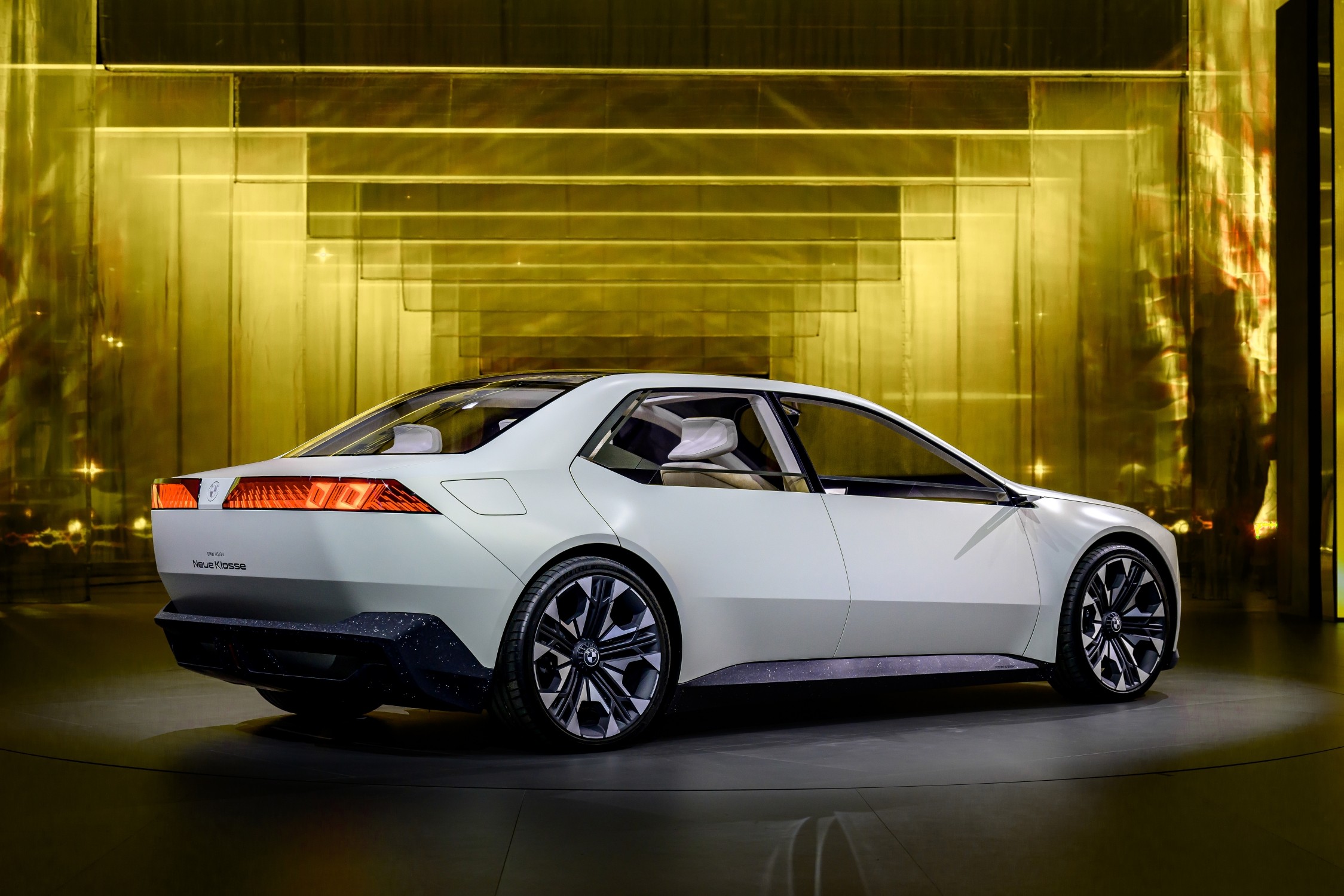
Will there still be a 3-Series with a petrol engine?
Yes – much like BMW has done with the X3 and iX3 ranges, there will still be hybrid versions offered with petrol power. But unlike the older models such as the i4, the cars will not look the same or share major components as the electric model is based on an all-new architecture.
This means there will be a change of name too. The new electric 3-Series is expected to wear the i3 badge, which fits in with the strategy used with the i5 and 5-Series and iX3 and X3. This will cause some confusion however, as the i3 badge was previously used on the innovative city car built between 2013 and 2022.
The petrol versions of the 3-Series will get elements of the new look too, but will be a development of the current car underneath the facelift.
What will be special about the new BMW i3?
Away from the looks, it will use a new EV architecture which promises to give the i3 the longest range on any electric car currently on sale in the UK. It shares its hardware with the new iX3, which already has an official 500 mile range – and with its superior aerodynamics and lighter weight, the i3 should beat it.
The new, sixth-generation battery tech includes a massive 108.7 kWh pack with cylindrical cells. These cells hold 20% more energy and charge 30% faster than the i4. The battery is integrated it directly into the car's structure rather than being a separate unit, which saves space, cuts weight, and makes the car stronger overall - all of which improves the driving experience.
Unlike the i5, it also runs an 800-volt electrical system, which means that the i3 will be able to charge at up to 400 kW – if you can find a charger fast enough.
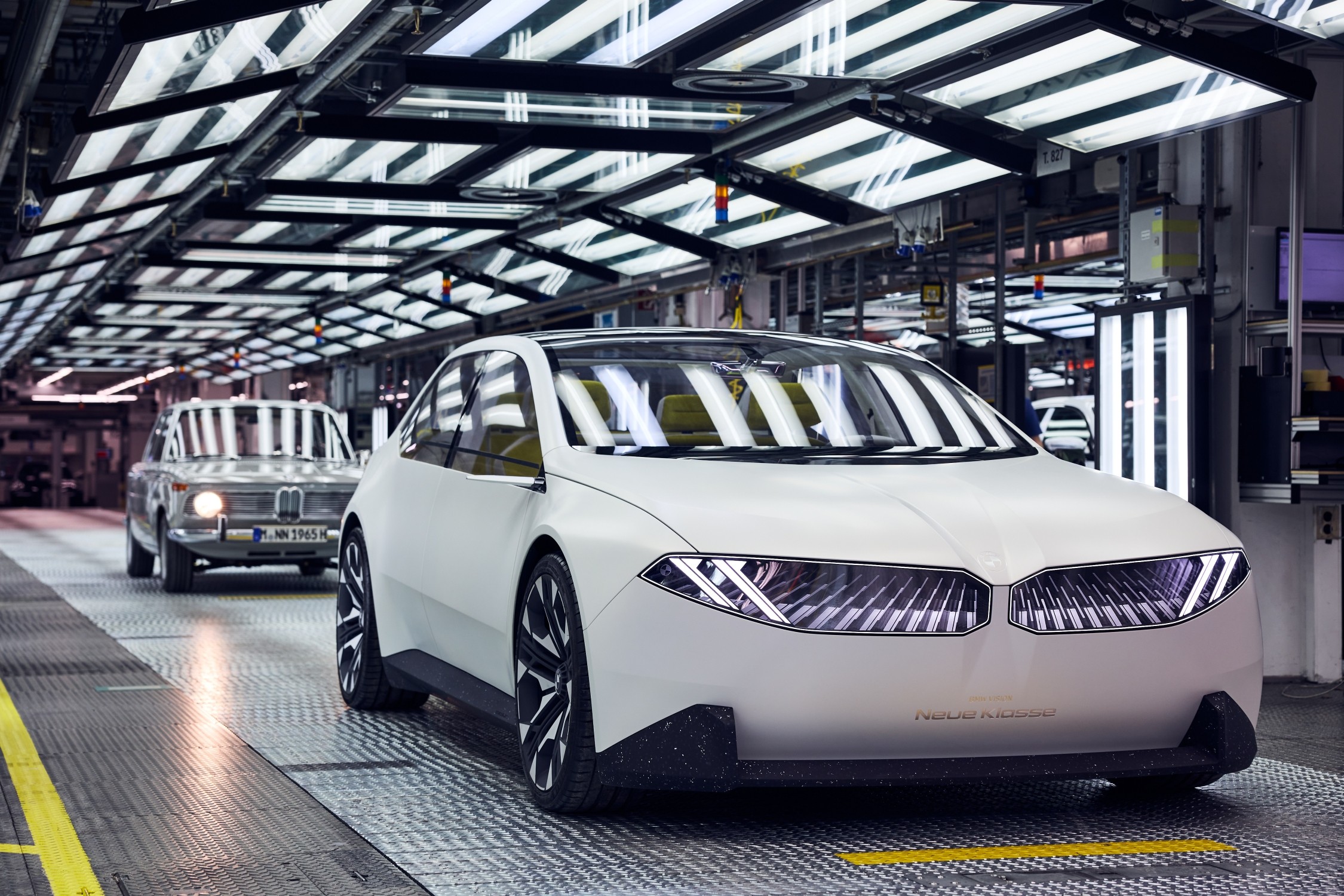
What about the new i3’s looks?
BMW’s styling is constantly evolving, and the new generation of EVs hark back to the company’s history – possibly in an attempt to fend off the increasingly sophisticated new brands and remind buyers that BMW has a long history. You’ll see Audi and Mercedes doing the same.
It means the outside of the i3 will feature a very modern interpretation of some classic BMW styling cues, as seen on the Neue Klasse concept. The steeply forward-slanting “shark nose” front-end has two ‘kidney’ grilles spread horizontally across the entire width of the car, and now incorporate the headlamps. The distinctive ‘Hofmeister’ kink of the rearmost side window has also been reintroduced.
Even the 21-inch aerodynamic wheels pay tribute to the classic cross-spoke design inspired by BMW’s motorsport history. “The design of the Neue Klasse is typically BMW and so progressive it looks like we skipped a model generation,” explains Adrian van Hooydonk, head of BMW Group Design.
Because the i3 Neue Klasse was designed to be fully electric, it opens up new possibilities for the interior design. Analogue operating controls have been reduced to a minimum, and most functions are controlled through the Central Display and multifunction buttons on the steering wheel.
There is also a high-tech new interface called BMW Panoramic Vision, which projects information at the ideal height into the driver's line of sight and, for the first time, across the entire width of the windscreen.
Both the driver and front passenger are able to interact with information displayed on the screen, and move content shown on the Central Display to the BMW Panoramic Vision with a simple gesture.
Sadly the concept car’s corduroy upholstery or computer chip enclosed in a glass case is unlikely to make production.
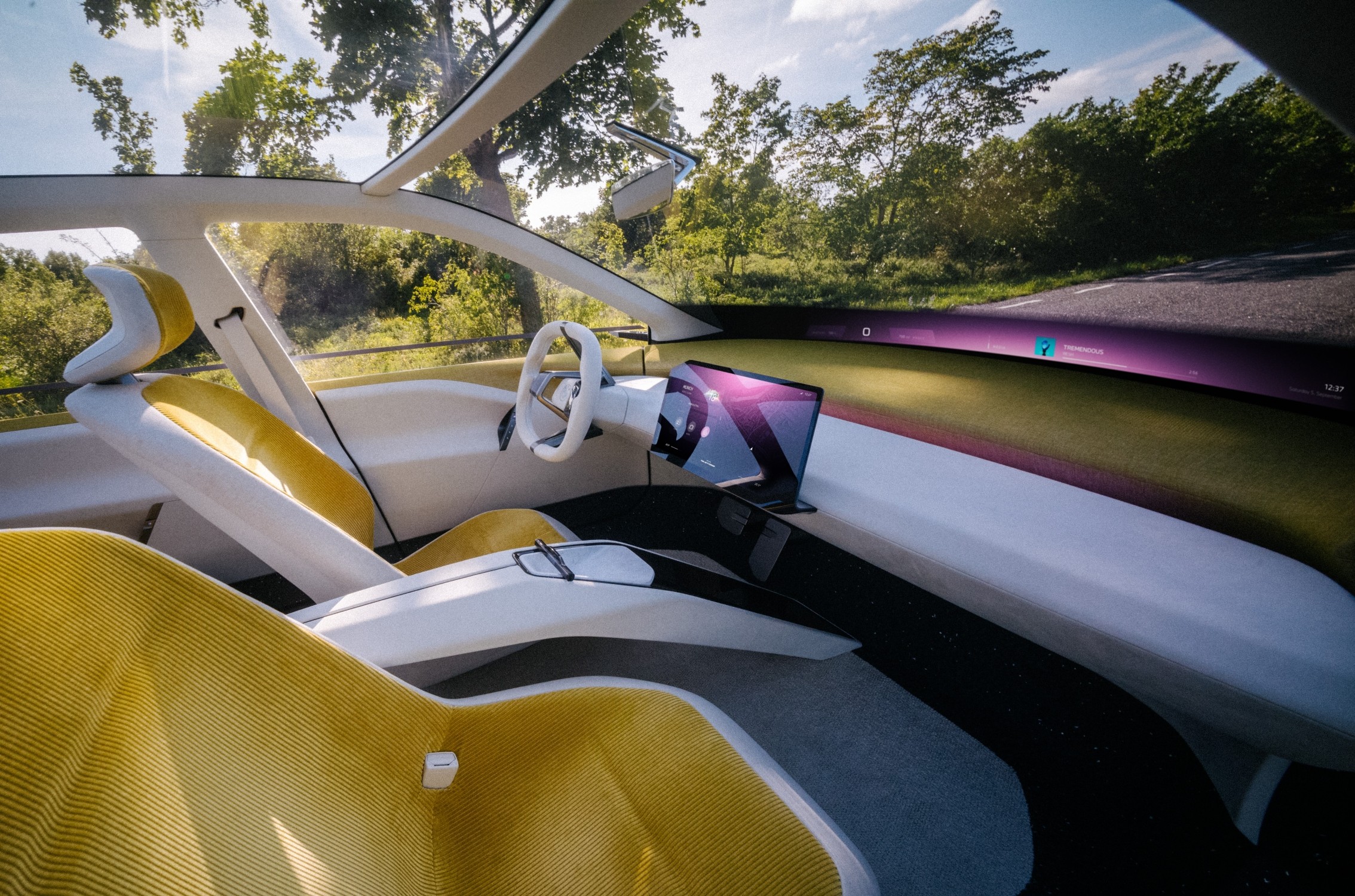
Will there be different versions?
Certainly. The launch car is likely to use the same xDrive50 set up as the iX3, which gets 463bhp from its dual electric motors. Various other models will follow including a crucial entry-level variant with a single motor and even more efficiency. Expect there to be cheaper, smaller battery versions too. An M version will also follow with even more power.
What is the ‘Heart of Joy’?
All the new 2026 BMW i3’s computing needs are powered by central processor which is responsible for the driving, braking, recuperation and some steering functions. The hugely powerful chip is called the Heart of Joy, and it’s said make the car safer and more stable. It also means 98% of braking operations can be done using regeneration rather than mechanical pads on discs. This is a 25% increase in efficiency compared to today's i4, and means more of the stored energy is saved.
What will be the new BMW i3’s rivals?
The obvious benchmark in the EV market is Tesla’s top-selling Model 3, which starts to look a little jaded next to the specs of the BMW. Mercedes is working on a EQ version of the C-Class, which is also due next year and will use the same hardware as the new GLA. This should give it a range of nearly 500 miles and great efficiency. Audi is determined not to be left behind and is furiously developing a new A4 EV – but it is not expected until 2028.
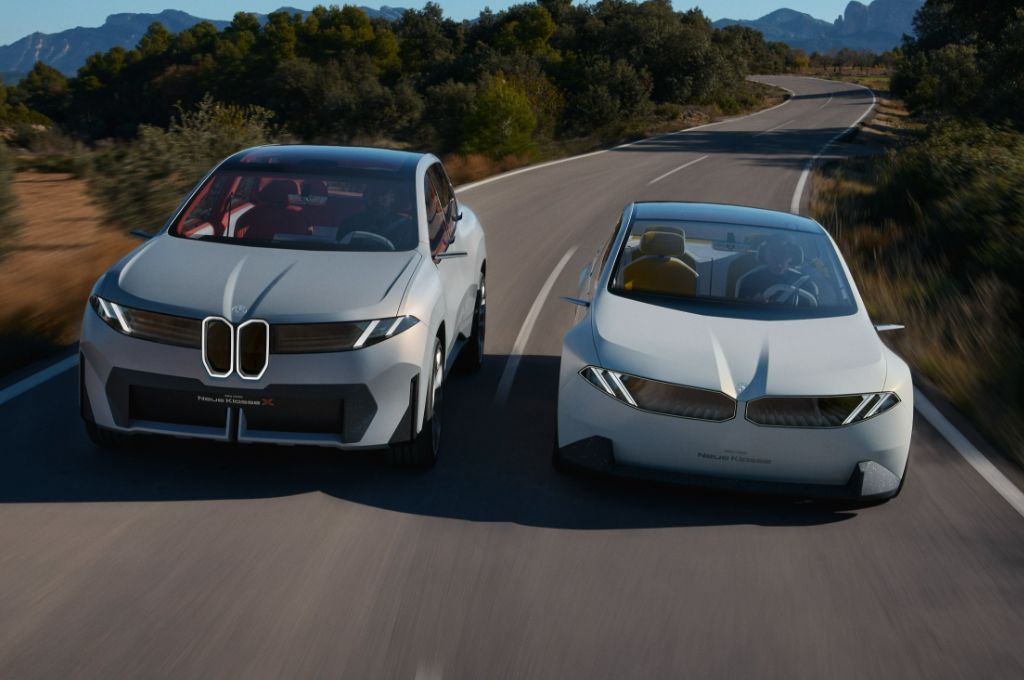
How much will the new BMW i3 cost?
BMW has yet to announce or even hint at prices, but we are expecting good news. The iX3 dropped in price by £7,000 compared to the outgoing model due to falling battery costs. We expect the new i3 to have a similar drop compared to the i4.
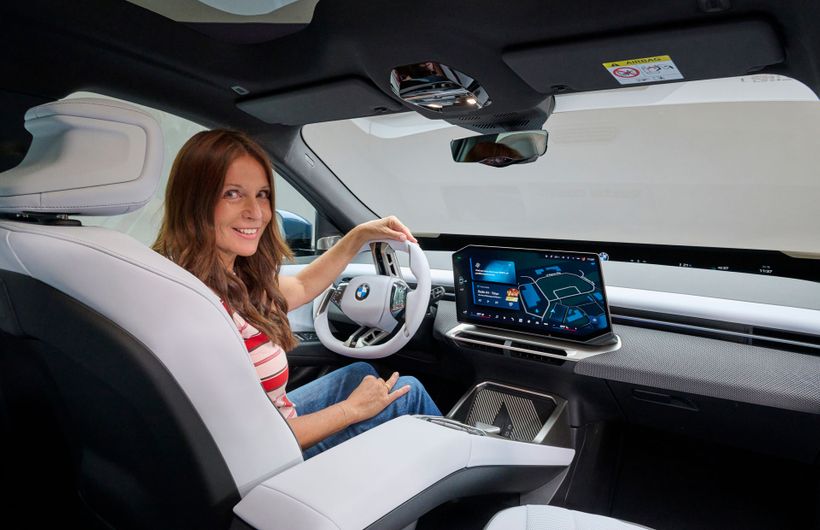 The interior will be closely related to the iX3's, with a new control system
The interior will be closely related to the iX3's, with a new control system 




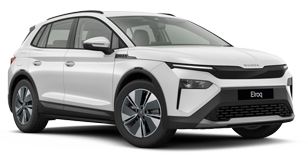



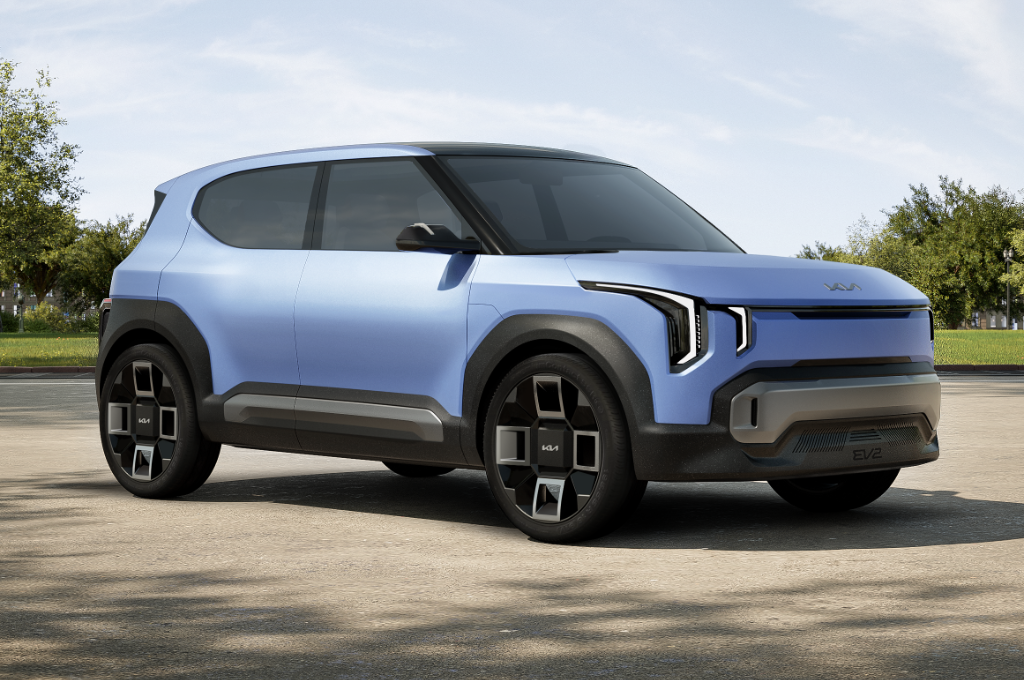 Concept EV2_Key visual.png?width=600&height=600)


